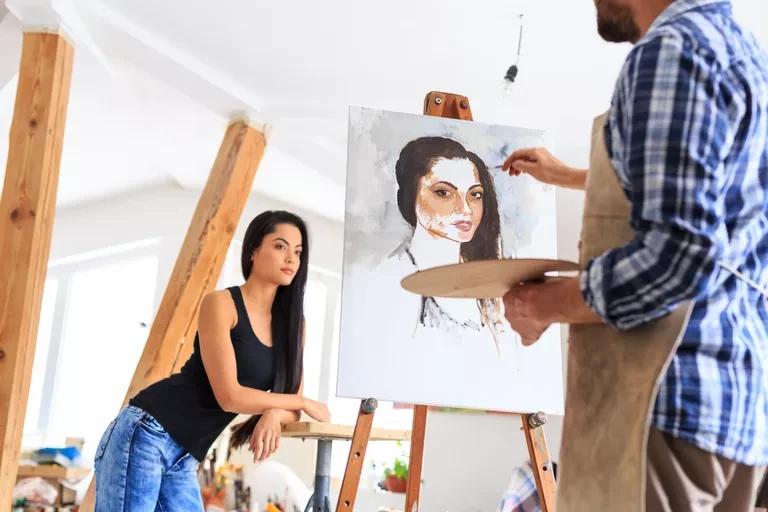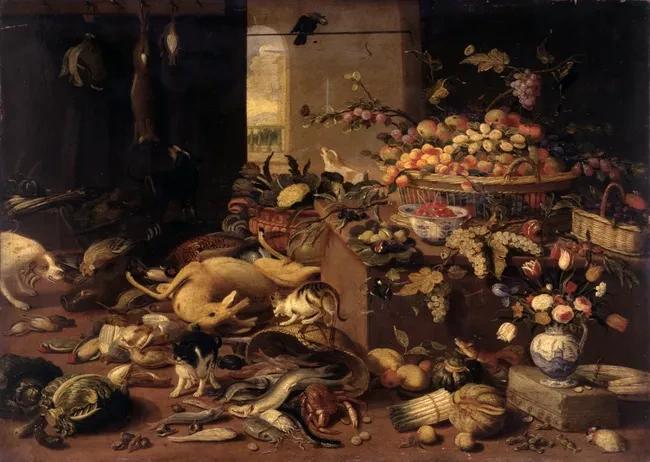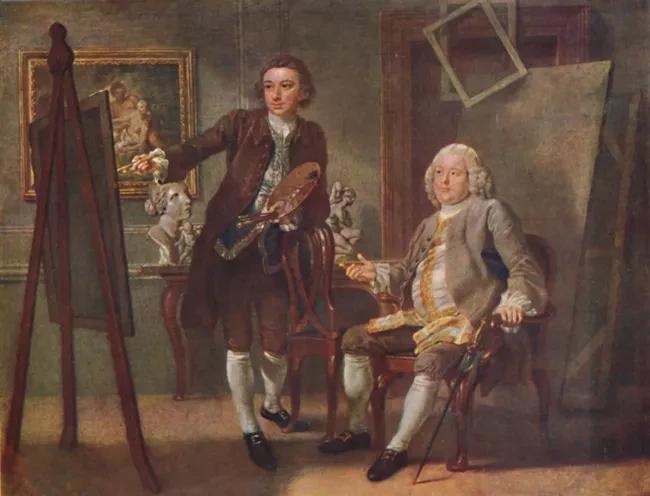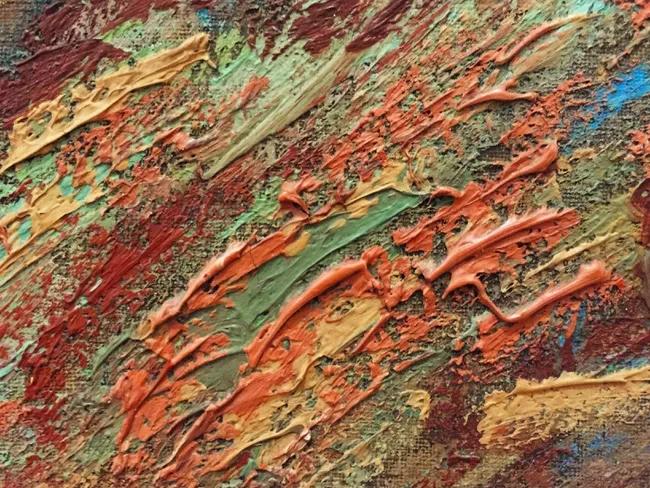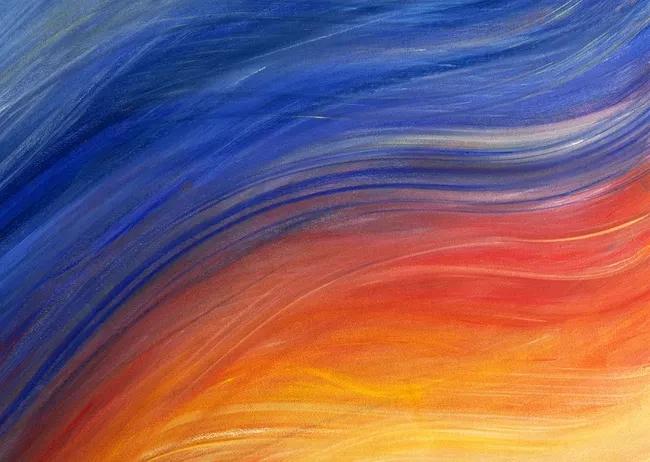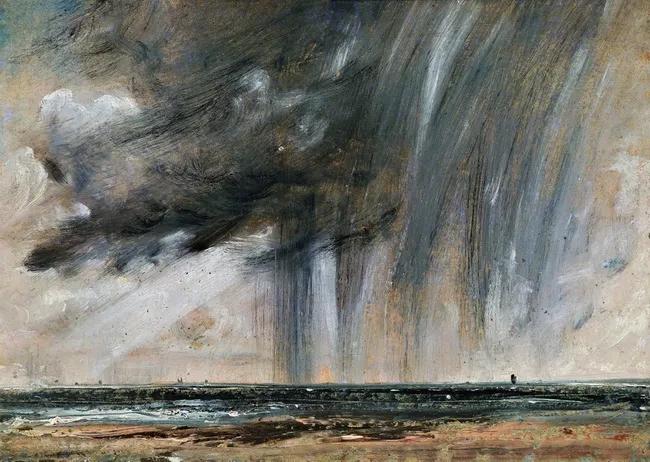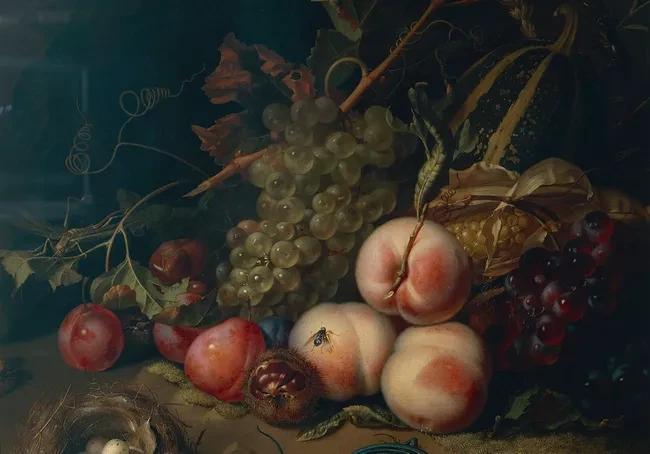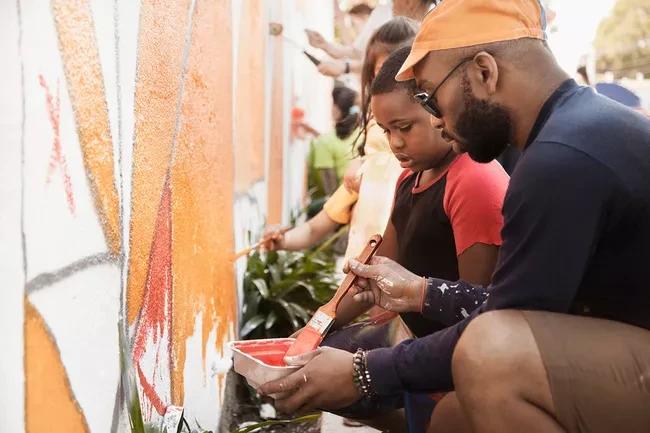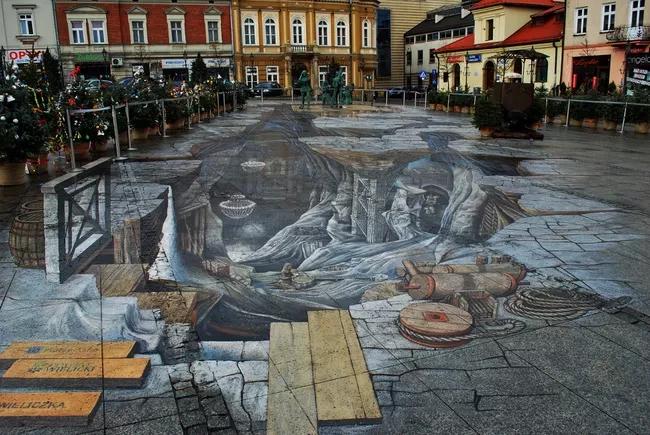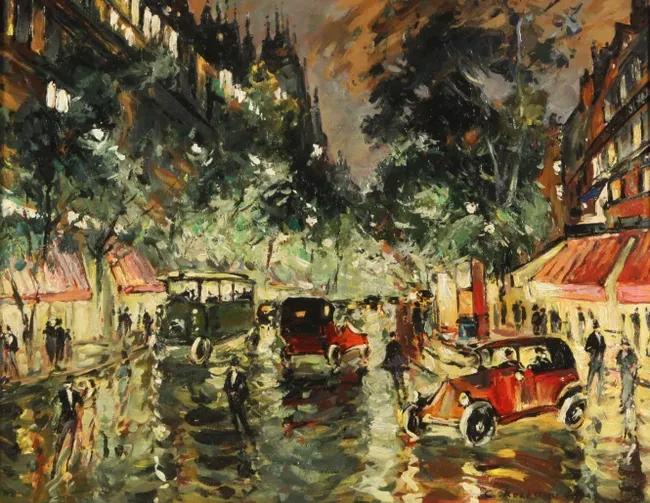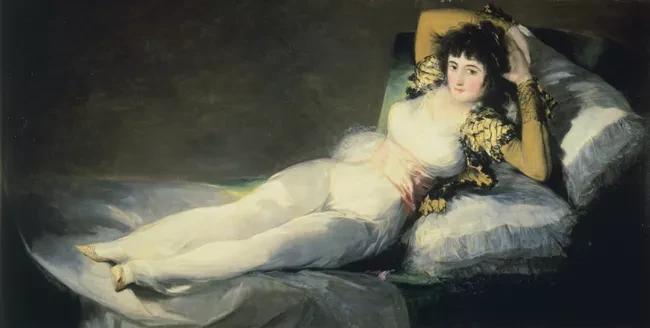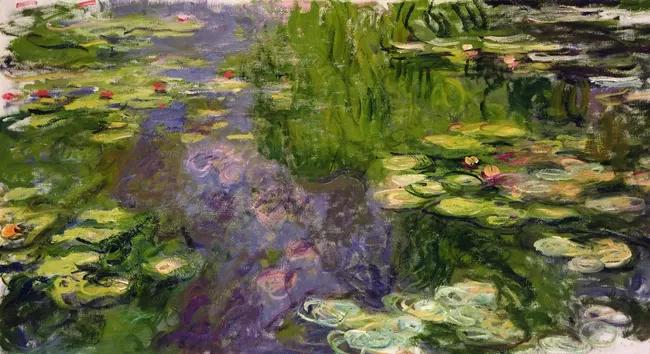Explore the World's Best Ideas
Join today and uncover 100+ curated journeys from 50+ topics. Unlock access to our mobile app with extensive features.
Art vocabulary
To talk about paintings, you need to be familiar with the vocabulary to describe, analyse and interpret what you're seeing.
The more art terms you know, the easier it becomes to think of the right word.
6
53 reads
Colour
Think about your overall impression of the colours used in the painting. Consider how they look and feel, work together, and fit with the subject of the painting.
- Natural, clear, compatible, distinctive, lively, stimulating, subtle, sympathetic
- Artificial, clashing, depressing, gaudy, jarring, unfriendly, violent
- Bright, deep, earthy, harmonious, intense, rich, strong, vibrant, vivid
- Dull, flat, bland, pale, subdued, quiet
- Cool, cold, warm, hot, light, dark
- Blended, broken, muddied, pure
- Complementary, contrasting, harmonious
11
40 reads
Tone or shade
Consider the shade of the colours and the way tone is used in the whole painting.
- Dark, light, middle
- Flat, uniform, unvarying, smooth, plain
- Varied, broken
- Constant, changing
- Graduated, contrasting
- Monochromatic
8
42 reads
Composition
Look at how the painting is arranged, the underlying shapes (structure), the relationships between the different parts, and how your eye moves around.
- Arrangement, layout, structure, position
- Landscape, portrait, square, circular, triangular
- Horizontal, vertical, diagonal, angled
- Foreground, background, middle ground
- Centred, asymmetrical, symmetrical, balanced, unbalanced, lopsided, off-centre
- Overlapping, cluttered, chaotic
- Separate, spacious, empty
- Free, flowing, fragmented
- Formal, rigid, upright, confined
8
29 reads
Texture
It's often hard or impossible to see texture in a photo of a painting, so try not to talk about it if you don't see any texture.
- Flat, polished, smooth
- Raised, rough, coarse
- Cut, incised, pitted, scratched, uneven
- Hairy, sticky
- Soft, hard
- Shiny, glossy, reflective
- Semigloss, satin, silk, frosted, matte
8
24 reads
Mark Making
In some painting styles, all brush marks are eliminated by the artist. In others, the marks are clearly visible.
- Visible, blended, smooth
- Thick, thin
- Bold, timid
- Heavy, light
- Edgy, smooth
- Exhibiting glazes, washes, dry brushing, stippling, hatching, splatters
- Layered, flat
- Precise, refined, regular, straight, systematic
- Quick, sketchy, uneven, irregular, vigorous
- Regular, patterned
- Showing marks made with a knife, brush
8
22 reads
Mood or Atmosphere
Consider the mood or atmosphere of the painting. What emotions do you experience?
- Calm, content, peaceful, relaxed, tranquil
- Cheerful, happy, joyful, romantic
- Depressed, gloomy, miserable, sad, sombre, tearful, unhappy
- Aggressive, angry, chilling, dark, frightening, violent
- Energetic, exciting, stimulating, thought-provoking
- Boring, dull, lifeless, insipid
10
22 reads
Style
Does the painting seem to be a particular style? There are many terms for different styles throughout the history of art, and knowing these descriptors can leave instant impressions.
- Realism, photorealism
- Cubism, surrealism
- Impressionism
- Modernism, expressionism
- Chinese, Japanese, or Indian style
- Plein air
9
24 reads
Media
Knowing which medium the work of art was created in can be useful to include in your description.
- Oil, tempera
- Acrylics
- Pastel, chalk, charcoal
- Mixed media, collage
- Watercolour, gouache
- Ink
- Fresco
- Spray paint
- Wood panels, canvas, glass
9
23 reads
Size
When a work is particularly large or small, it may be necessary to include the size and descriptive words, such as mural, miniature, or triptych.
7
24 reads
Form and Shape
Consider the sense of depth and volume of the artwork.
- 2-D, flat, abstracted, simplified, stylized
- 3-D, realistic, natural sense of depth and space
- Sharp, detailed
- Blurred, obscured, overlapping, indistinct
- Distorted, exaggerated, geometric
- Linear, long, narrow
- Hard-edged, soft-edged
8
25 reads
Lighting
The lighting of the painting is shown in terms of direction, how it creates shadows, its colour, intensity, the mood it creates, and whether the light is from the sun (natural) or a fire (artificial.) Describe the shadows and highlights as well.
- Backlit, front-lit, side-lit, top-lit
- Indirect, reflected or no directional light
- Natural
- Artificial
- Cool, blue, grey
- Warm, yellow, red
- Dim, faint, gentle, gloomy, low, minimal, muted, soft
- Clear, brilliant, bright, glowing, fiery, harsh, intense, sharp
9
14 reads
Viewpoint and Pose
Consider the angle or position of the subject of the artwork. How has the artist decided to present it?
- Front, side, three-quarters, profile, rear (behind)
- Close up, far away, life-size, bird's eye view
- Upward, downward, sideways
- Standing, sitting, lying down, bending
- Gesturing, moving, resting, static
8
18 reads
Subject Matter
It can seem like you're stating the obvious, but if you consider how to describe an artwork to someone who has never seen it, you would probably tell them the subject of the painting.
- Abstract
- Cityscape, buildings, man-made, urban, industrial
- Fantasy, imaginary, invented, mythological
- Figures, portraits
- Interiors, domestic
- Landscape, seascape
- Still life
8
15 reads
Still Life
First, describe the overall aspect before you describe the individual objects.
- Antique, battered, damaged, dusty, old, worn
- New, clean, shiny
- Functional, decorative, fancy
- Domestic, humble
- Commercial, industrial
8
24 reads
IDEAS CURATED BY
Theodore H.'s ideas are part of this journey:
Learn more about artsandculture with this collection
The historical significance of urban centers
The impact of cultural and technological advances
The role of urban centers in shaping society
Related collections
Similar ideas
2 ideas
The 8 Elements of Composition in Art
thoughtco.com
8 ideas
9 ideas
What Is Crypto Art And How Does It Work?
eden-gallery.com
Read & Learn
20x Faster
without
deepstash
with
deepstash
with
deepstash
Personalized microlearning
—
100+ Learning Journeys
—
Access to 200,000+ ideas
—
Access to the mobile app
—
Unlimited idea saving
—
—
Unlimited history
—
—
Unlimited listening to ideas
—
—
Downloading & offline access
—
—
Supercharge your mind with one idea per day
Enter your email and spend 1 minute every day to learn something new.
I agree to receive email updates

